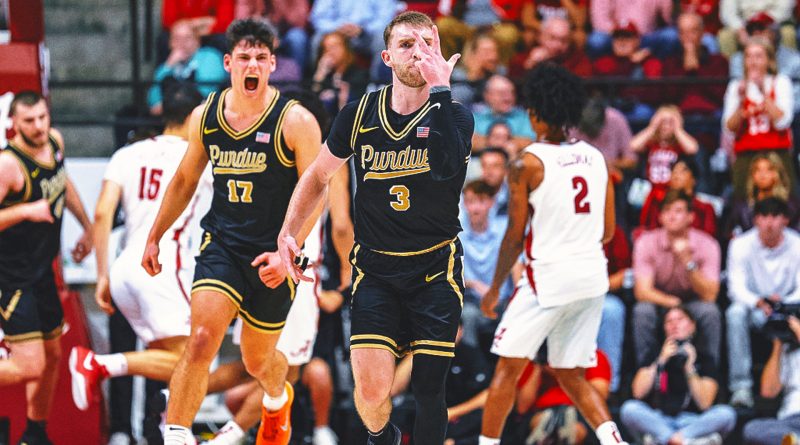College Basketball is BACK
Justin Loretz
Sports Editor
The 2025–26 NCAA college basketball season begins with a sense of renewal and anticipation that feels familiar. Today, the landscape is shaped by rapid change, and this season is no exception to this evolution. As teams return to the floor, even the most stubborn programs across the country are finally facing the realities that have become permanent parts of the sport: the monstrous transfer portal, the expanding world of NIL, and the aftermath of recent conference realignment.
This season could be the last chance for many coaches to realize it is truly “adapt or die.” Teams used to be able to build through the development of cores of players that could be relied upon to return. There was an abundance of time to experiment, playing with different rotation strategies, developing freshman classes, and figuring out who is suited best for what role. Now, nearly every roster in the country includes a mix of returning players, experienced transfers, and incoming freshmen, often assembled within a single offseason. Because of this chaos and the unpredictability, early-season practices and scrimmages are more important than ever, as coaching staffs work to establish chemistry, clarify roles, and prepare for a season in which continuity is difficult to maintain.

Traditional blueblood programs remain central to the national conversation, and schools with long-standing histories of success still command attention as the season opens. Combining their recruiting power, national recognition, unbreakable legacies, and lasting coaching strategies is a formula that ensures they have no signs of slowing down. Nevertheless, this structure simultaneously allows for remarkable parity. Many mid-majors have a leg up on the powerhouses: experience. This is invaluable, and for any team to bring it into a new season in this day and age is an opportunity to win. Older players are gems as they can provide stability and mentorship in a sport where turnover can only be expected. Their presence can elevate a team’s early-season performance and help programs navigate the challenging nonconference schedules and tournaments that are a preview of March. Freshmen still arrive with talent and potential, and many make meaningful contributions, but the blend of youth and experience has become one of the clearest indicators of sustained success.
Conference play will once again reflect the broader changes that have transformed college athletics as a whole in recent years. The shifting membership of several major conferences has altered travel demands, rekindled new rivalries, and led to matchups that would have seemed unusual not long ago. While the competitive identity of each conference continues to evolve, the overall effect has been a broader distribution of talent.
As the season tips off, the defining storyline is not a single team or player but rather the environment itself. It is one marked by constant movement, heightened competitiveness, and an open landscape that offers opportunity to programs of all sizes.
Contact Justin at loretzju@shu.edu

